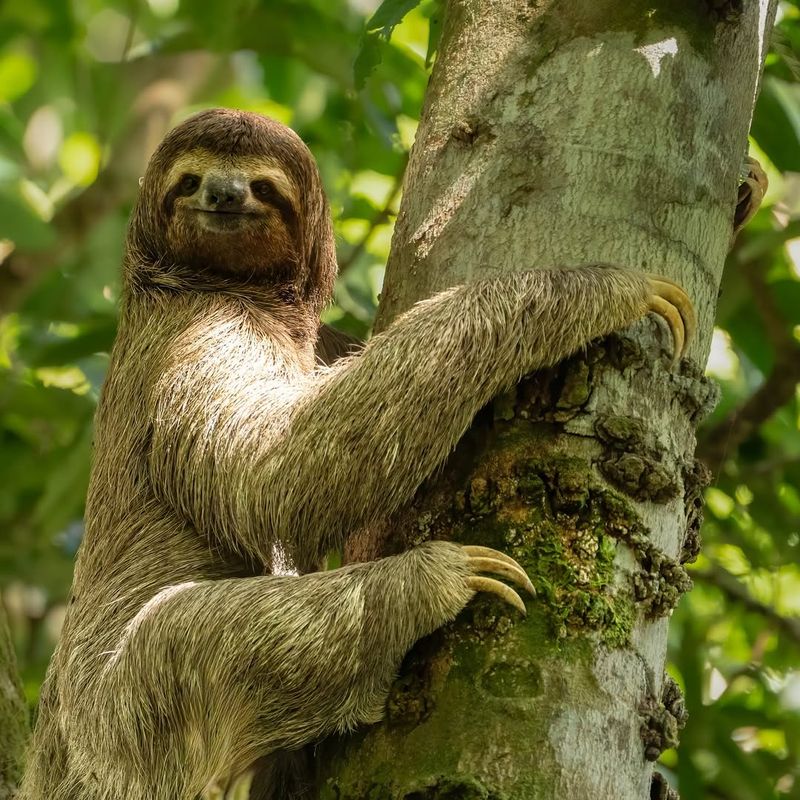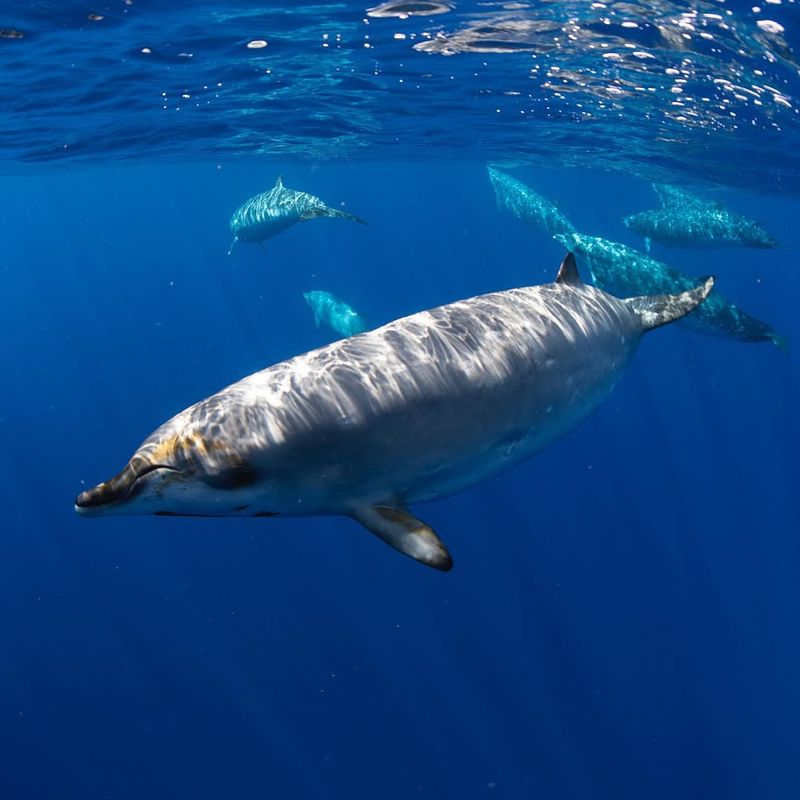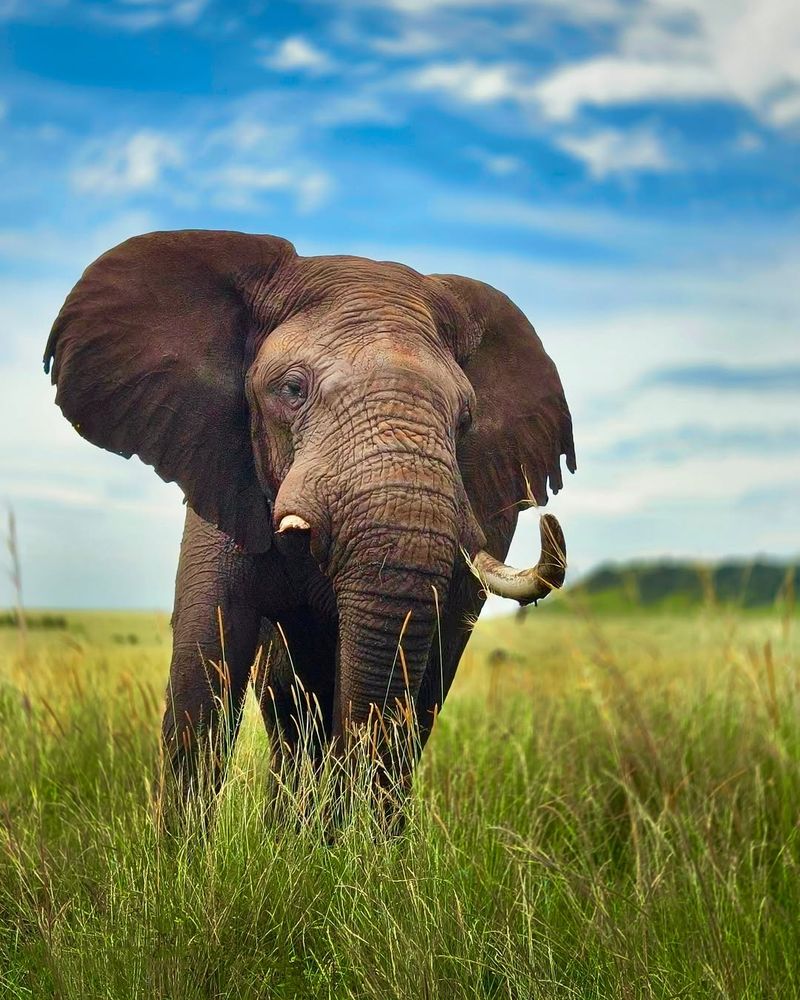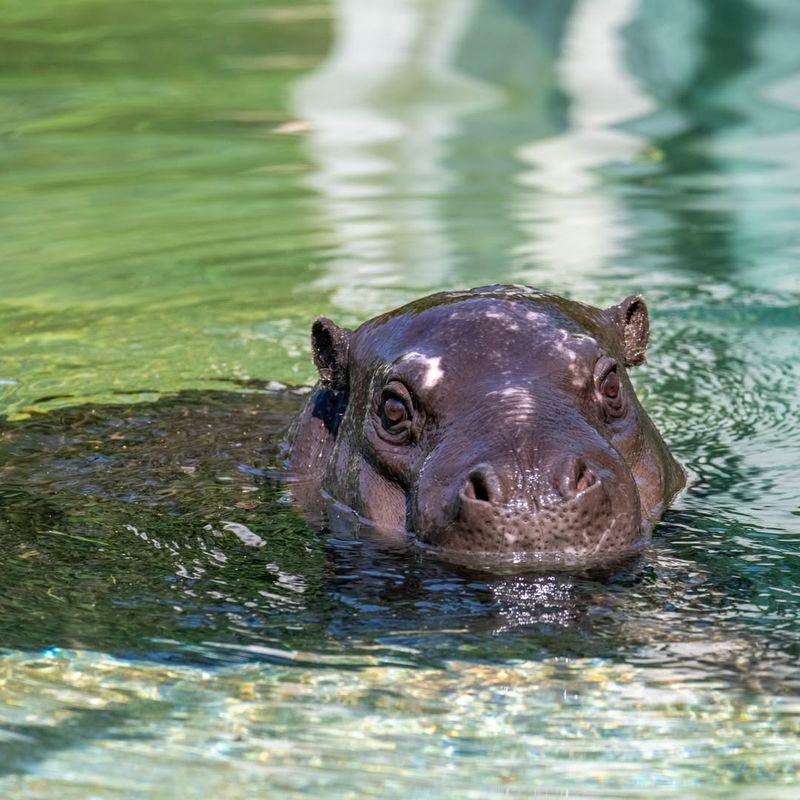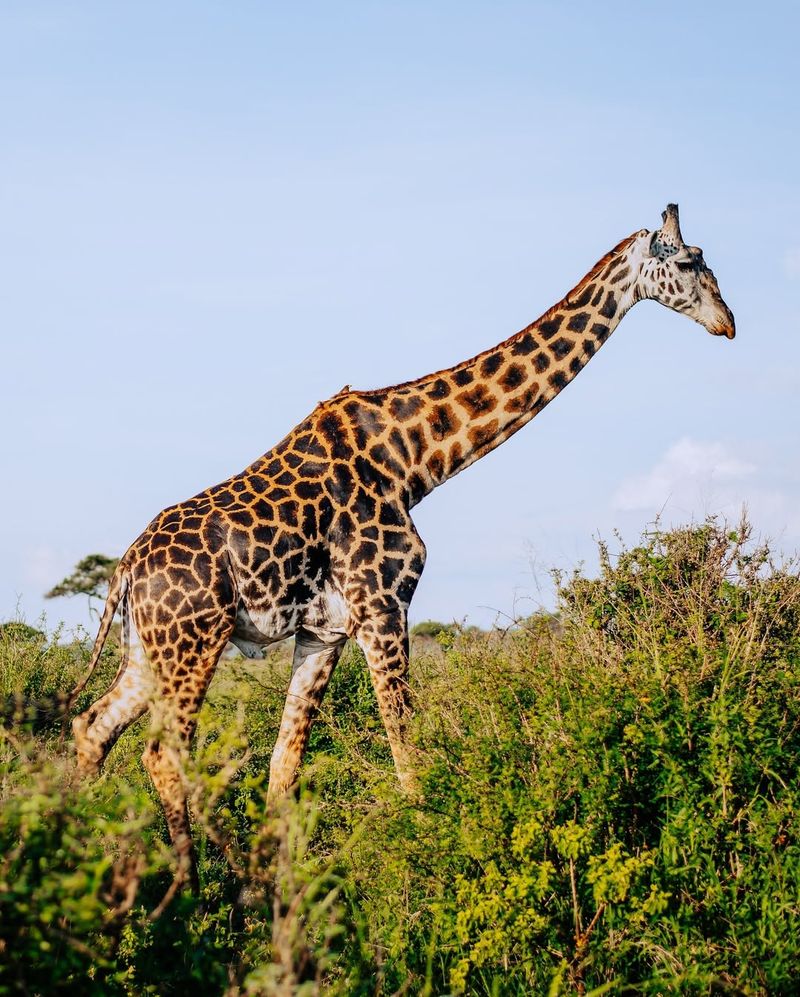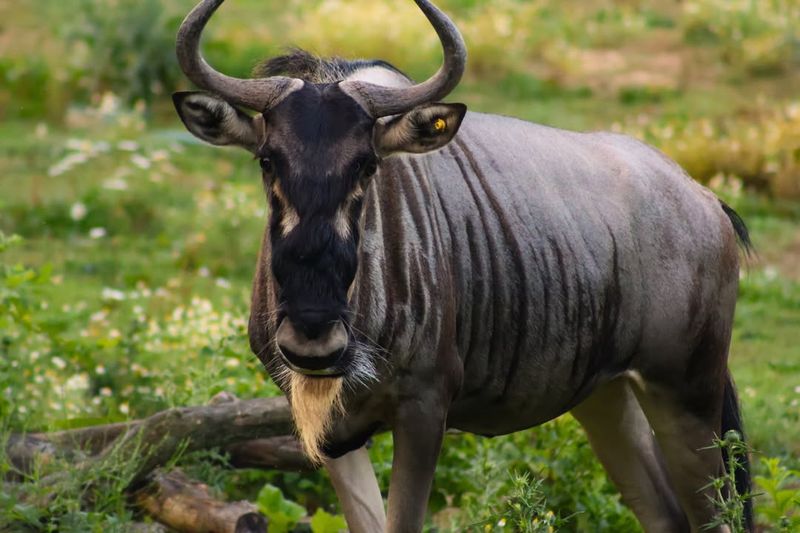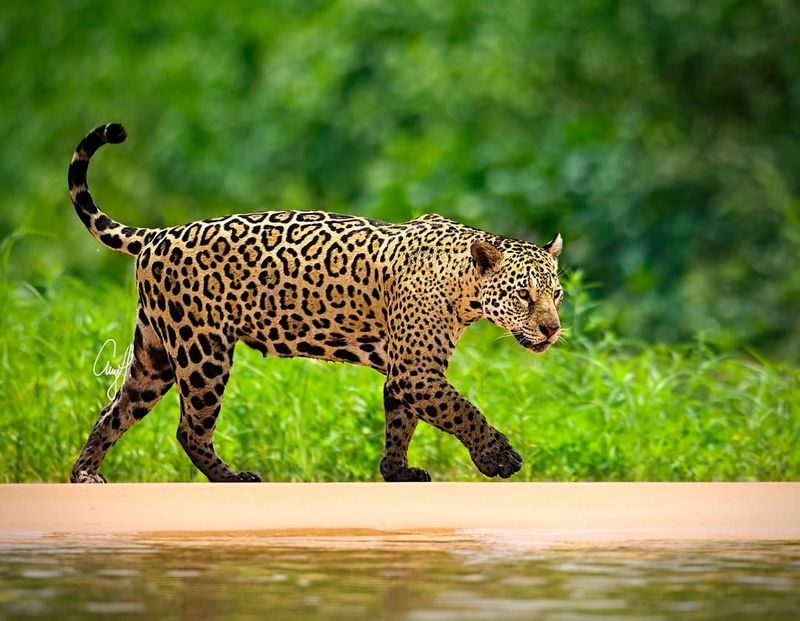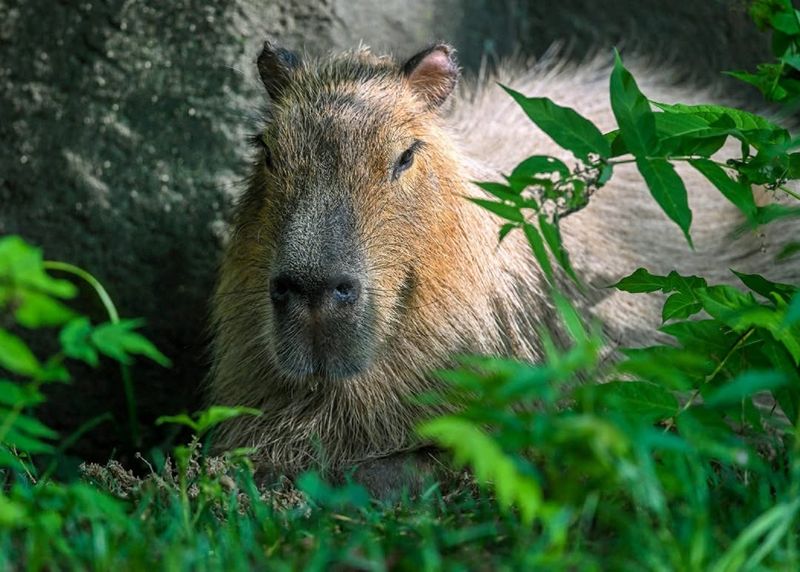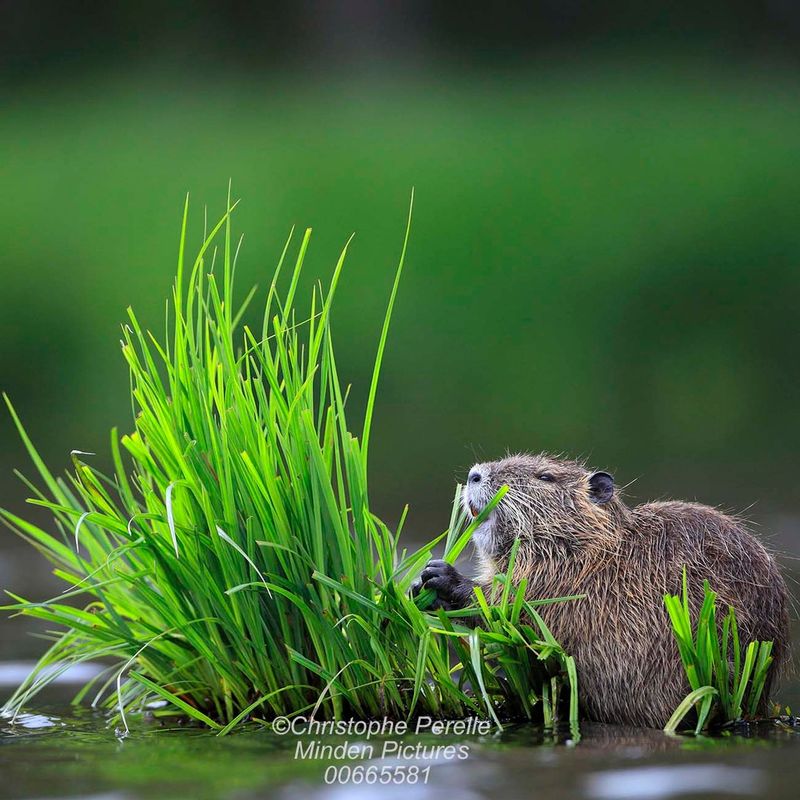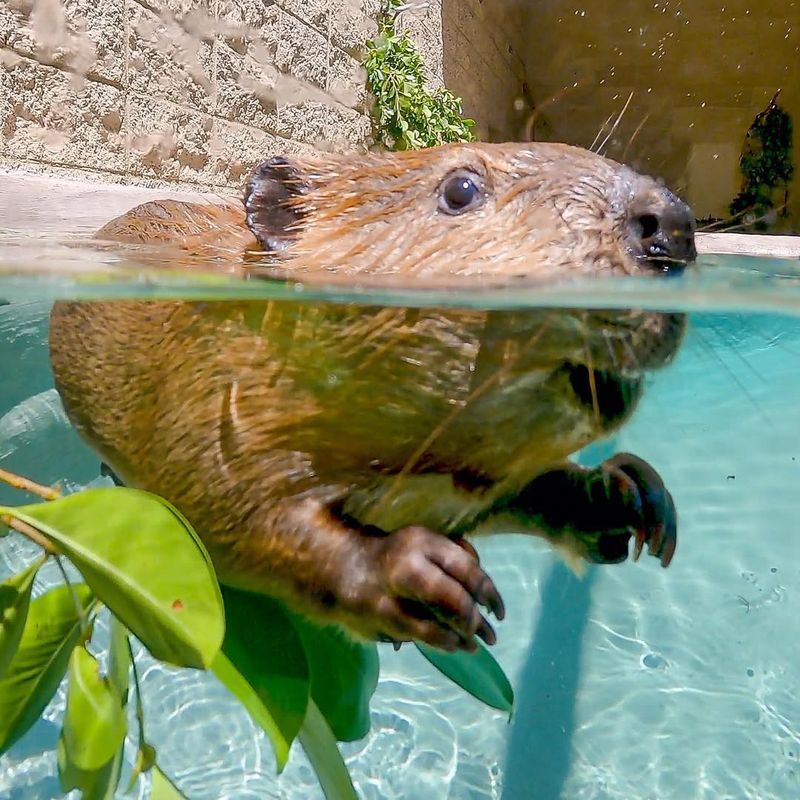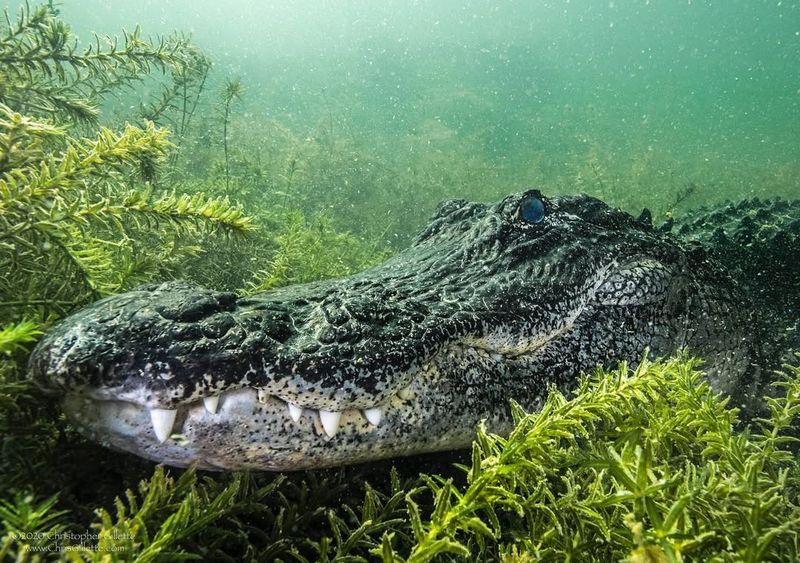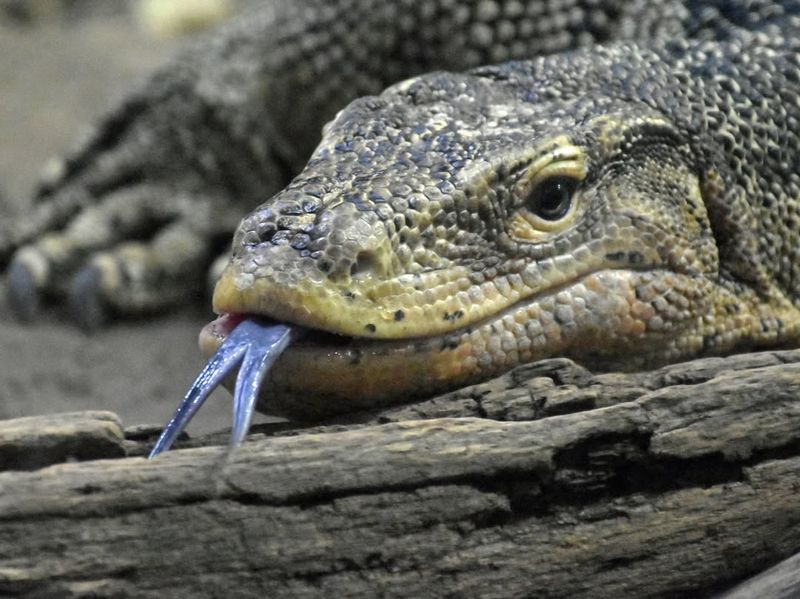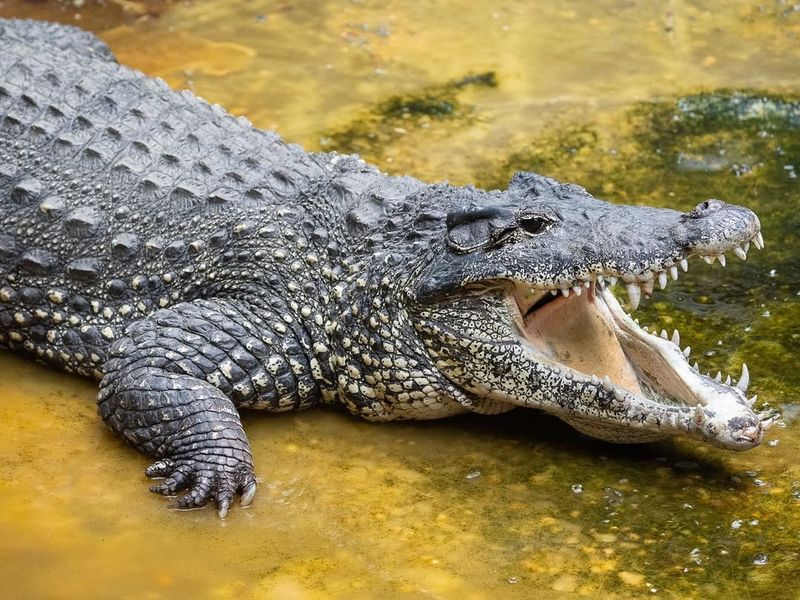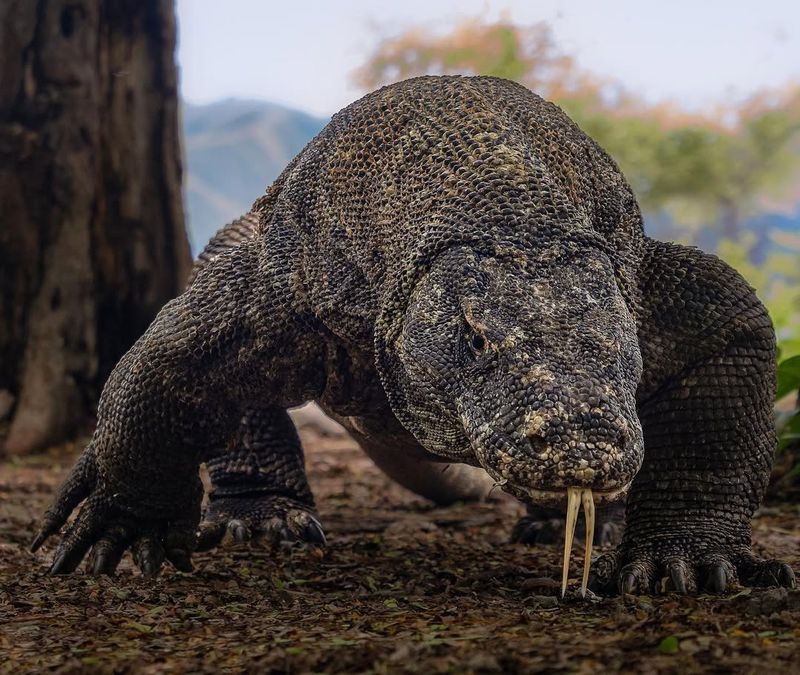15 Land Animals That Can Hold Their Breath Longer Than You Ever Could
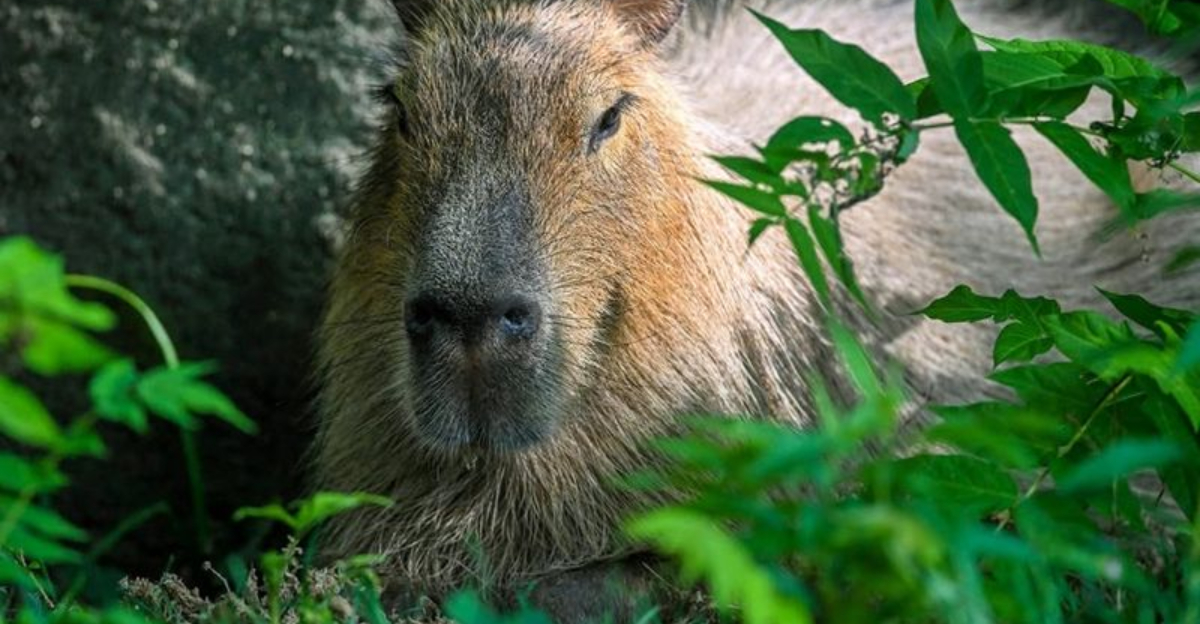
For those of us who find holding our breath a challenge beyond a few seconds, it’s fascinating to discover that some land animals possess this skill in extraordinary measures.
Their ability to pause their breathing isn’t just a party trick; it’s a vital survival tactic. Get ready to hold your curiosity (like your breath!) as we explore land animals whose breath-holding capabilities surpass anything you’ve ever imagined.
1. Sloth
Sloths, the slow-motion wonders of the animal kingdom, have a knack for surprising us. With their leisurely pace and tree-dwelling lifestyle, one wouldn’t expect them to boast any extreme abilities. Yet, these unhurried mammals can hold their breath underwater for up to 40 minutes, a feat made possible by their remarkably low metabolic rate.
While they’re not aquatic by nature, sloths can swim better than they can walk. Their proficiency in water not only aids in their occasional forest stream crossings but also allows them to evade predators. The secret lies in their slow metabolism and the ability to significantly reduce their heart rate, thus conserving oxygen.
So next time you find yourself in a leisurely moment, think of the sloth. Its unhurried approach to life might just be a reminder of the benefits of slowing down. Who knew that beneath that calm exterior lies a breath-holding champion?
2. Sea Otter
Though often more associated with water, the sea otter spends significant time on land and possesses impressive breath-holding capabilities. Capable of submerging for up to five minutes, these playful creatures are adept at navigating both water and land environments.
With their dense, water-repellent fur, sea otters stay warm during long dives. Their lungs are adapted to increase buoyancy control, allowing them to regulate their submersion time efficiently. This skill is crucial for hunting and avoiding predators.
In the grand scheme of breath-holders, the sea otter’s ability is noteworthy for its dual life between land and sea. Their playful demeanor belies a vital skill set that enables them to thrive in challenging environments.
3. Beaked Whale
The beaked whale is a bit of an enigma, often elusive and shrouded in mystery. While primarily marine, this cetacean occasionally rests on shores or shallow waters, showing its incredible breath-holding talents. Known to dive for over an hour, they can hold their breath longer than any other known land mammal.
The secret to their lengthy dives lies in their specialized physiology. Beaked whales have a high concentration of myoglobin in their muscles, allowing them to store vast amounts of oxygen. This adaptation is necessary for their deep-sea hunting expeditions.
Despite their infrequent appearances on land, beaked whales remind us of the incredible adaptations nature can bestow. Their breath-holding prowess is a testament to the wonders lurking in the ocean’s depths, even if they occasionally grace the land with their presence.
4. Elephant
Elephants, those gentle giants of the savannah, are more than just land wonders. Their ability to hold their breath underwater for up to five minutes while using their trunks as snorkels is nothing short of remarkable. This skill helps them cool off and cross deep rivers with ease.
Their trunks, highly versatile tools, function like extended snorkels. This adaptation allows elephants to wade through water bodies, seeking out food and enjoying a refreshing dip. It’s a trick that combines practicality with survival.
Next time you marvel at an elephant, consider its aquatic abilities. There’s more beneath that thick skin than meets the eye, especially when it comes to mastering the art of breath control.
5. Hippopotamus
With their colossal size and seemingly ungainly movements, hippopotamuses might not appear as if they’re suited for aquatic life. Yet, these behemoths can hold their breath for up to five minutes, a skill that lets them stay submerged and safe from the sun’s harsh rays.
Hippopotamuses spend a great deal of time in water, where they find refuge from heat and predators. Their nostrils close when submerged, enabling them to conserve air. Despite their bulk, they are surprisingly nimble swimmers.
As you watch a hippopotamus wallow in a river, remember that its breath control is a sophisticated adaptation. Beneath that gruff exterior lies an aquatic expert, perfectly at ease underwater.
6. Giraffe
Giraffes are renowned for their towering necks and elegant gait, but did you know they can hold their breath too? While not a skill they use underwater, giraffes can pause their breathing for up to one minute, aiding them during intense activities like running.
This brief breath-holding helps giraffes regulate their oxygen levels and prevent overexertion when sprinting. Their unique cardiovascular system, designed to handle their extraordinary height, plays a crucial role in this ability.
The next time you see a giraffe gracefully striding across the savannah, picture its internal adaptations. There’s more to this majestic creature than just a long neck; it’s a marvel of evolutionary ingenuity.
7. Wildebeest
Wildebeests, the migratory marvels of the plains, are known not just for their epic journeys but also their ability to hold their breath. During their river crossings, they can pause their breathing for over a minute, a handy skill for navigating treacherous waters.
These crossings are fraught with danger, from crocodiles to swift currents. Holding their breath enables wildebeests to focus on the task at hand, using every bit of energy to propel themselves to the other side.
Witnessing a wildebeest migration is seeing survival instincts in action. Their breath control is just one of many adaptations that make this annual journey possible.
8. Jaguar
Jaguars, the stealthy predators of the jungle, possess a surprising breath-holding skill. Known to swim across rivers, they can hold their breath for up to two minutes, a talent that aids in hunting and territorial defense.
These big cats are not just land hunters; their aquatic prowess surprises many. Their muscular build and powerful lungs enable them to navigate water bodies with ease, stealthily approaching prey or competitors.
A jaguar’s ability to thrive both on land and in water is a testament to its adaptability. Each swim is a silent testament to its dominion over the jungle realm.
9. Capybara
The capybara, nature’s oversized guinea pig, is more than just adorable. These social creatures can hold their breath for up to five minutes, a skill that allows them to evade predators by staying submerged.
Capybaras are often found near water sources, where they spend time grazing and socializing. Their breath control helps them blend into aquatic environments, avoiding threats while enjoying a swim.
Next time you spot a capybara, consider its dual life. It’s not just a land dweller but a savvy swimmer, using its breath-holding ability to navigate life’s challenges.
10. Nutria
Nutrias, also known as coypus, may not be the first animals that come to mind, but these semi-aquatic rodents have impressive breath-holding skills. Capable of pausing their breath for up to five minutes, they are well adapted to life in wetlands.
These rodents are often seen swimming through marshes and rivers, using their breath control to dive and forage for food. Their waterproof fur and webbed feet aid in their aquatic lifestyle.
Nutrias remind us that sometimes the most unassuming creatures hold the most surprising talents. Their breath-holding ability is a key to their survival in watery habitats.
11. Beaver
Beavers, nature’s engineers, are as adept in water as they are on land. Known for their dam-building prowess, they can hold their breath for up to 15 minutes, crucial for underwater construction tasks.
These industrious mammals use their breath control to maneuver through water, gathering materials and fortifying their lodges. Their respiratory adaptations allow them to thrive in aquatic environments.
The next time you spot a beaver’s handiwork, remember the breath-holding expertise that makes it possible. Each dam is a testament to their remarkable aquatic capabilities.
12. Alligator
Alligators, the ancient reptiles of the swamp, are known for their stealth and power. With the ability to hold their breath for over an hour, they can remain submerged long enough to ambush prey with ease.
These reptiles close their nostrils and slow their heart rate, conserving oxygen during long submersions. This skill makes them formidable hunters, even in murky waters.
When you see an alligator barely breaking the water’s surface, remember the breath control that allows it to remain hidden. It’s a survival skill honed over millions of years.
13. Monitor Lizard
Monitor lizards, with their keen senses and agile movements, are more than just land dwellers. Capable of holding their breath for about 30 minutes, these reptiles are designed for both hunting and evasion.
Whether they’re swimming across a river or diving to escape predators, their breath control is vital. Their muscular build and efficient respiratory systems enable them to thrive in diverse habitats.
Next time you watch a monitor lizard, consider its amphibious capabilities. It’s a creature that bridges two worlds, using its breath-holding prowess to survive.
14. Crocodile
Crocodiles, the apex predators of the river, are masters of breath-holding. With the ability to pause their breathing for over an hour, they can ambush prey with incredible patience and precision.
Their nostrils close to keep water out, while their heart rate drops, conserving oxygen effectively. This ability is crucial for hunting and avoiding detection in their watery domains.
As you observe a crocodile sunning itself, remember the breath control that allows it to dominate its environment. It’s a skill that ensures its status as a top predator in the wild.
15. Komodo Dragon
The Komodo dragon, a relic of prehistoric times, boasts a surprising breath-holding talent. Capable of holding its breath for up to 30 minutes, this mighty lizard can traverse land and water with ease.
Often seen stalking prey or swimming to new territories, their breath control aids in stealth and endurance. Their robust respiratory systems are built for survival in harsh environments.
The next time you see a Komodo dragon, consider the ancient skills it wields. Its breath-holding capability is a remnant of an age when giants ruled, a testament to its enduring legacy.

